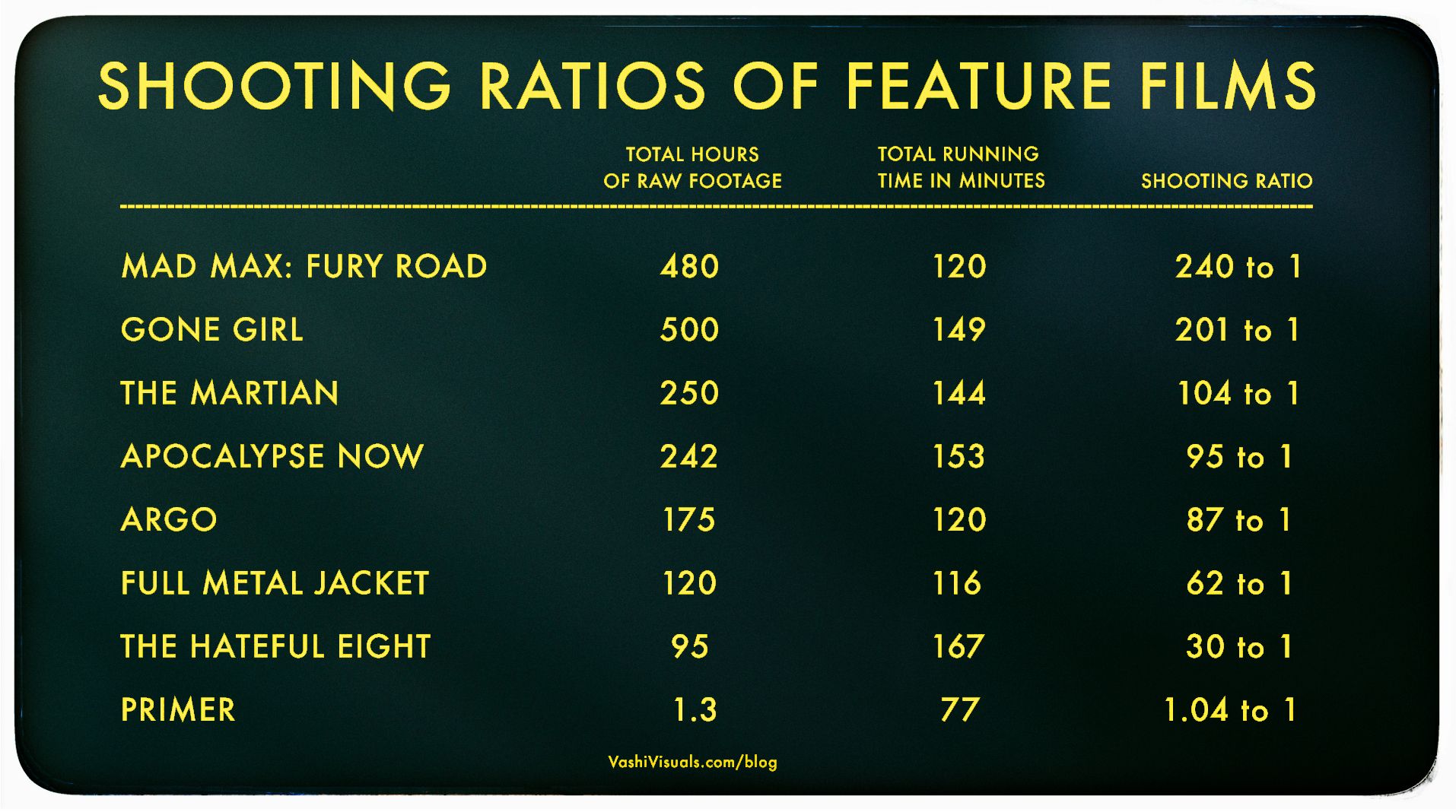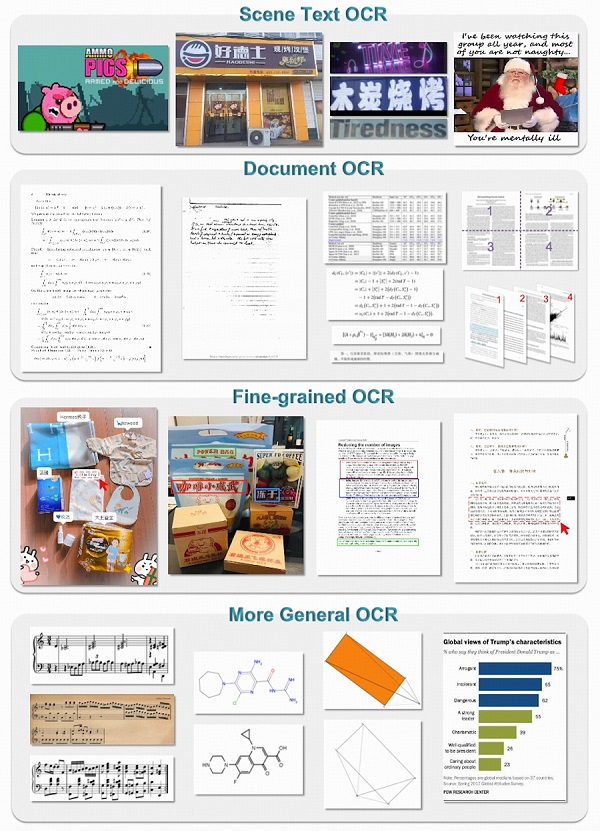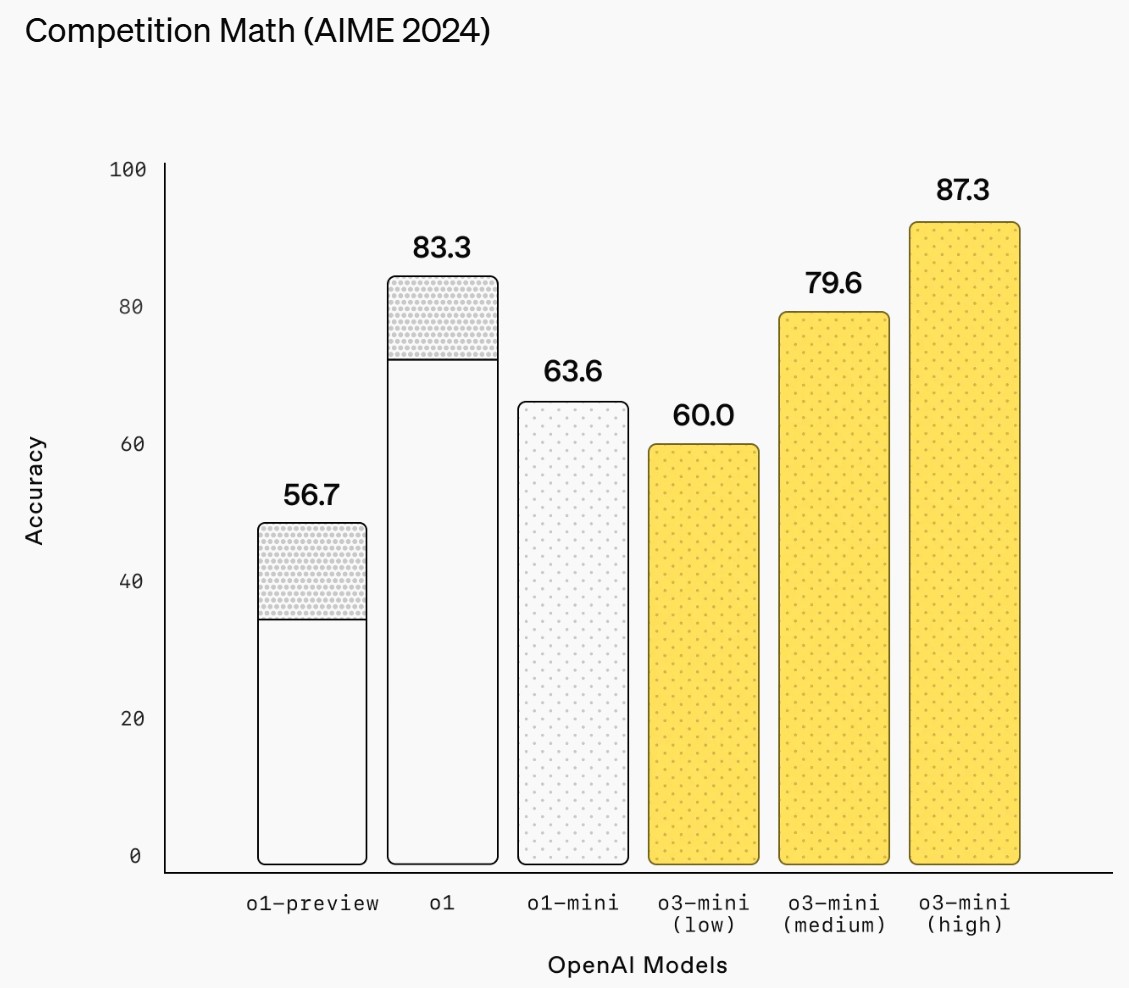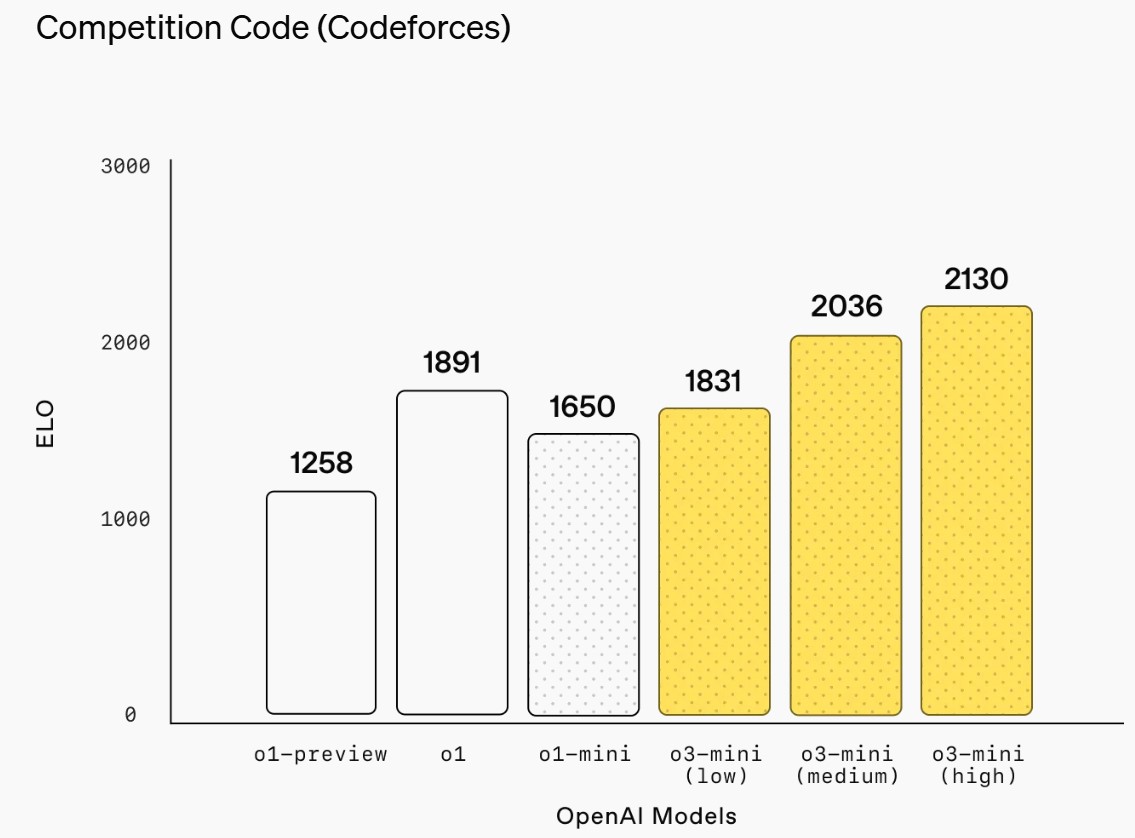BREAKING NEWS
LATEST POSTS
-
Vashi Nedomansky – Shooting ratios of feature films
In the Golden Age of Hollywood (1930-1959), a 10:1 shooting ratio was the norm—a 90-minute film meant about 15 hours of footage. Directors like Alfred Hitchcock famously kept it tight with a 3:1 ratio, giving studios little wiggle room in the edit.
Fast forward to today: the digital era has sent shooting ratios skyrocketing. Affordable cameras roll endlessly, capturing multiple takes, resets, and everything in between. Gone are the disciplined “Action to Cut” days of film.https://en.wikipedia.org/wiki/Shooting_ratio

-
General OCR Theory – Towards OCR-2.0 via a Unified End-to-end Model – HF Transformers implementation
https://huggingface.co/stepfun-ai/GOT-OCR-2.0-hf
GOT-OCR2 works on a wide range of tasks, including plain document OCR, scene text OCR, formatted document OCR, and even OCR for tables, charts, mathematical formulas, geometric shapes, molecular formulas and sheet music.

-
QNTM – Developer Philosophy
- Avoid, at all costs, arriving at a scenario where the ground-up rewrite starts to look attractive
- Aim to be 90% done in 50% of the available time
- Automate good practice
- Think about pathological data
- There is usually a simpler way to write it
- Write code to be testable
- It is insufficient for code to be provably correct; it should be obviously, visibly, trivially correct

-
Arminas Valunas – “Coca-Cola: Wherever you are.”
Arminas created this using Juggernaut Xl model and QR Code Monster SDXL ControlNet.
His pipeline:
Static Images – Forge UI.
Upscaled with Leonardo AI universal upscaler.
Animated with Runway ML and Minimax.
Video upscale – Topaz Video AI.
Composited in Adobe Premiere.
Juggernaut Xl download here:
https://civitai.com/models/133005/juggernaut-xl
QR Code Monster SDXL:
https://civitai.com/models/197247?modelVersionId=221829 -
OpenAI releases o3-mini
https://openai.com/index/openai-o3-mini
OpenAI o3-mini is our first small reasoning model that supports highly requested developer features including function calling(opens in a new window), Structured Outputs(opens in a new window), and developer messages(opens in a new window), making it production-ready out of the gate.
o3-mini does not support vision capabilities, so developers should continue using OpenAI o1 for visual reasoning tasks.
ChatGPT Plus, Team, and Pro users can access OpenAI o3-mini starting today, with Enterprise access coming in February. o3-mini will replace OpenAI o1-mini in the model picker, offering higher rate limits and lower latency, making it a compelling choice for coding, STEM, and logical problem-solving tasks.
As part of this upgrade, we’re tripling the rate limit for Plus and Team users from 50 messages per day with o1-mini to 150 messages per day with o3-mini.Starting today, free plan users can also try OpenAI o3-mini by selecting ‘Reason’ in the message composer or by regenerating a response. This marks the first time a reasoning model has been made available to free users in ChatGPT.



-
Running DeepSeek R1 Locally Due To Security Issues
DeepSeek Gets an ‘F’ in Safety From Researchers https://gizmodo.com/deepseek-gets-an-f-in-safety-from-researchers-2000558645
FEATURED POSTS
-
AI and the Law – This Vox article is OpenAI training data – How AI is holding the internet hostage and media is no exception
- Pros of AI Chatbots:
- Efficiency and Accessibility: AI chatbots can handle a large volume of queries simultaneously, providing quick and consistent responses, which is beneficial for customer service and support.
- 24/7 Availability: Unlike human operators, chatbots are available around the clock, ensuring that users can get assistance at any time.
- Cost-Effective: Implementing chatbots can reduce operational costs for businesses by minimizing the need for large customer service teams.
- Personalization and Scalability: Advanced AI can offer personalized responses and scale effortlessly to meet demand.
- Cons of AI Chatbots:
- Bias and Misinformation: AI chatbots can inadvertently propagate biases present in their training data, leading to inaccurate or offensive responses.
- Lack of Human Touch: Chatbots may struggle to understand and respond appropriately to nuanced human emotions and complex queries, potentially frustrating users.
- Technical Limitations: While AI is advancing, chatbots can still make errors and provide incorrect information, which can undermine user trust.
- Environmental Impact: Training and running large AI models consume significant energy, contributing to carbon emissions and environmental concerns.
The deployment of AI chatbots raises significant ethical concerns. Biases in training data can lead to the generation of skewed or harmful content, posing risks to users and undermining trust in AI systems. Additionally, the potential misuse of AI chatbots for spreading misinformation and the environmental impact of training large AI models are critical issues that require attention.
The trajectory of AI chatbot development points towards increasingly sophisticated and generalized AI capabilities. As research progresses towards Artificial General Intelligence (AGI), the potential applications of AI chatbots are expected to expand further, encompassing more complex and nuanced tasks. However, achieving AGI will require addressing current ethical and technical challenges to ensure the responsible development and deployment of AI technologies.

- Pros of AI Chatbots:
-
Embedding frame ranges into Quicktime movies with FFmpeg
QuickTime (.mov) files are fundamentally time-based, not frame-based, and so don’t have a built-in, uniform “first frame/last frame” field you can set as numeric frame IDs. Instead, tools like Shotgun Create rely on the timecode track and the movie’s duration to infer frame numbers. If you want Shotgun to pick up a non-default frame range (e.g. start at 1001, end at 1064), you must bake in an SMPTE timecode that corresponds to your desired start frame, and ensure the movie’s duration matches your clip length.
How Shotgun Reads Frame Ranges
- Default start frame is 1. If no timecode metadata is present, Shotgun assumes the movie begins at frame 1.
- Timecode ⇒ frame number. Shotgun Create “honors the timecodes of media sources,” mapping the embedded TC to frame IDs. For example, a 24 fps QuickTime tagged with a start timecode of 00:00:41:17 will be interpreted as beginning on frame 1001 (1001 ÷ 24 fps ≈ 41.71 s).
Embedding a Start Timecode
QuickTime uses a
tmcd(timecode) track. You can bake in an SMPTE track via FFmpeg’s-timecodeflag or via Compressor/encoder settings:- Compute your start TC.
- Desired start frame = 1001
- Frame 1001 at 24 fps ⇒ 1001 ÷ 24 ≈ 41.708 s ⇒ TC 00:00:41:17
- FFmpeg example:
ffmpeg -i input.mov \ -c copy \ -timecode 00:00:41:17 \ output.movThis adds a timecode track beginning at 00:00:41:17, which Shotgun maps to frame 1001.
Ensuring the Correct End Frame
Shotgun infers the last frame from the movie’s duration. To end on frame 1064:
- Frame count = 1064 – 1001 + 1 = 64 frames
- Duration = 64 ÷ 24 fps ≈ 2.667 s
FFmpeg trim example:
ffmpeg -i input.mov \ -c copy \ -timecode 00:00:41:17 \ -t 00:00:02.667 \ output_trimmed.movThis results in a 64-frame clip (1001→1064) at 24 fps.

-
Types of Film Lights and their efficiency – CRI, Color Temperature and Luminous Efficacy
nofilmschool.com/types-of-film-lights
“Not every light performs the same way. Lights and lighting are tricky to handle. You have to plan for every circumstance. But the good news is, lighting can be adjusted. Let’s look at different factors that affect lighting in every scene you shoot. “
Use CRI, Luminous Efficacy and color temperature controls to match your needs.Color Temperature
Color temperature describes the “color” of white light by a light source radiated by a perfect black body at a given temperature measured in degrees Kelvinhttps://www.pixelsham.com/2019/10/18/color-temperature/
CRI
“The Color Rendering Index is a measurement of how faithfully a light source reveals the colors of whatever it illuminates, it describes the ability of a light source to reveal the color of an object, as compared to the color a natural light source would provide. The highest possible CRI is 100. A CRI of 100 generally refers to a perfect black body, like a tungsten light source or the sun. “https://www.studiobinder.com/blog/what-is-color-rendering-index
(more…)





